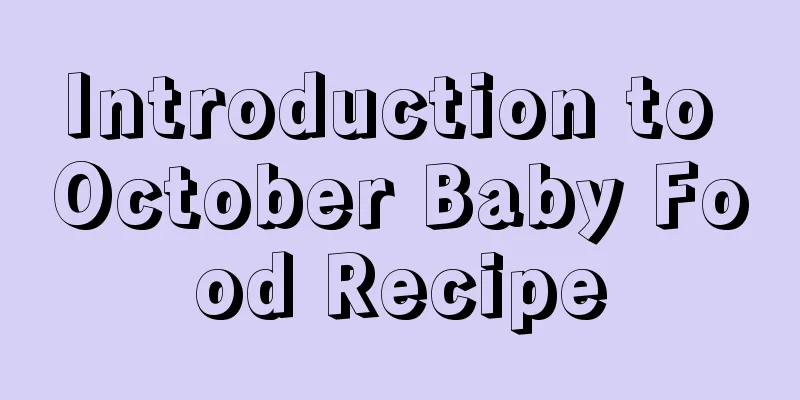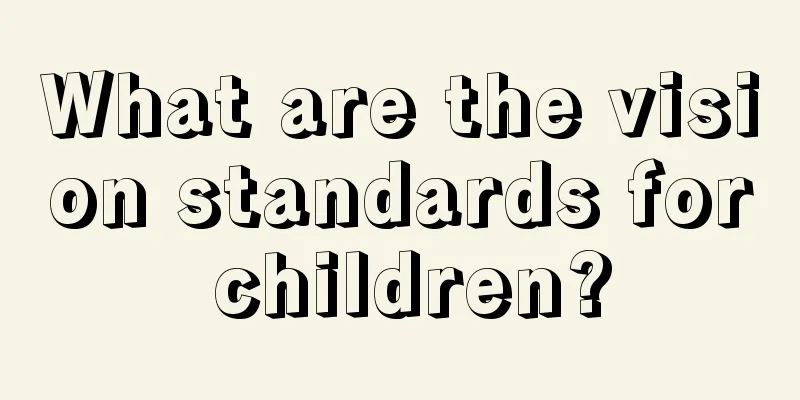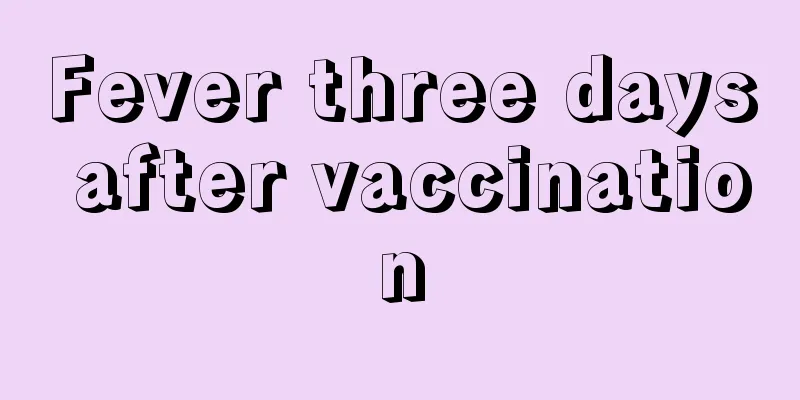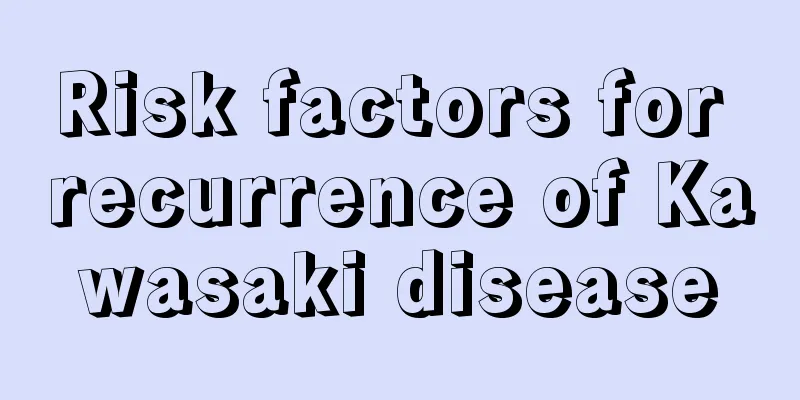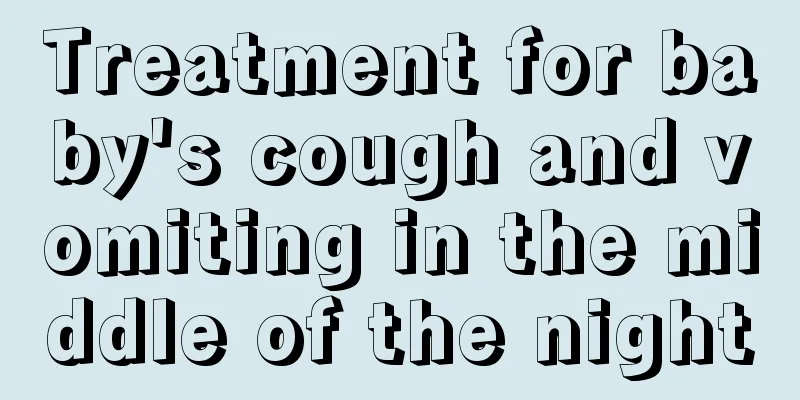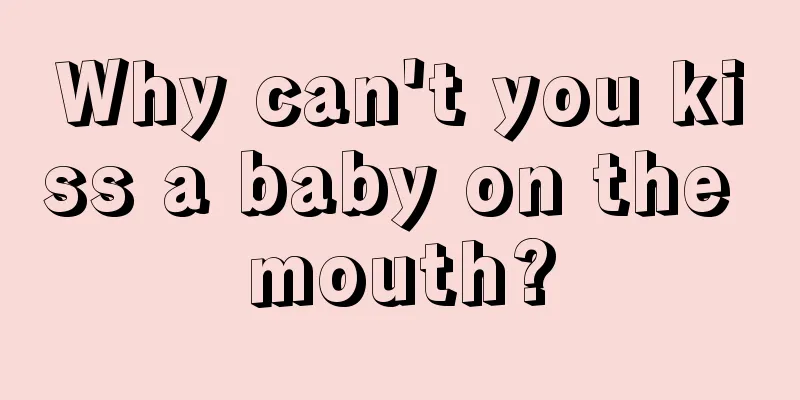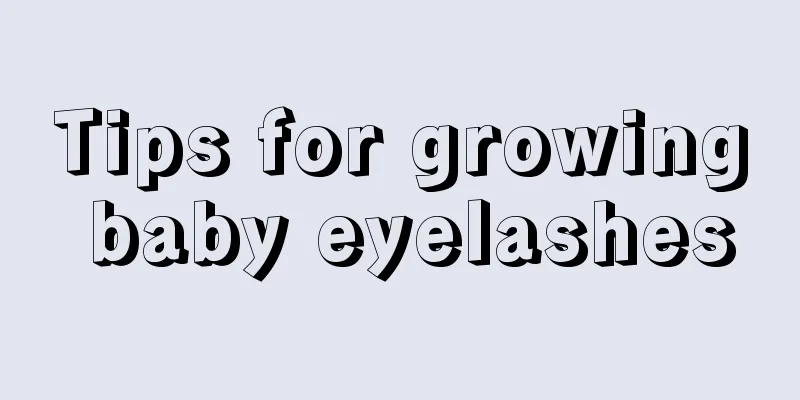How to treat sinusitis in children?
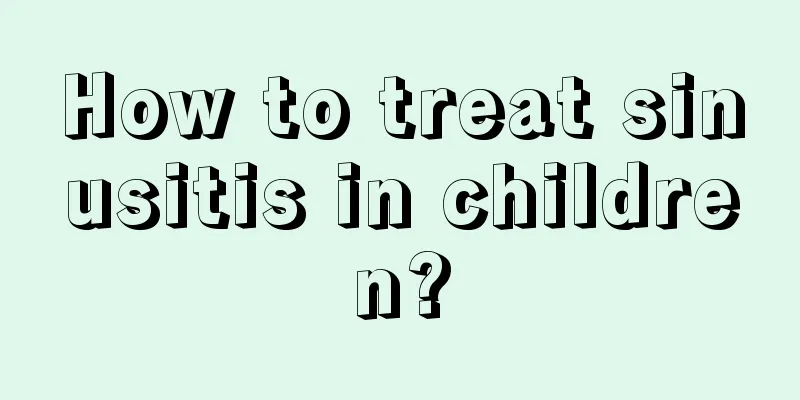
|
When the weather is cold, children are prone to catching colds. Once a child catches a cold, it is easy to cause nasal inflammation. There are many diseases that can cause nasal inflammation, such as rhinitis or sinusitis. Such diseases can cause great harm to children, especially when children cannot fall asleep at night. Children are still too young, so blindly choosing medicines for children is not a good idea. So how to treat sinusitis in children? In acute cases, adequate systemic antibiotics should be used as soon as possible to control the infection, and nasal mucosal astringents (nasal and eye cleaners are prohibited) should be applied locally to facilitate ventilation and drainage of the nasal cavity and sinuses. Older children may be given nasal steam inhalation and local heat after the application of nasal mucosal retractants. In addition, attention should be paid to rest and nutritious and easily digestible food. If there are complications, they should be treated simultaneously. In addition to general treatment, chronic patients may also be given sinus replacement, which is more effective for patients with ethmoid sinusitis and pansinusitis. Adolescent sinusitis may be treated with physical therapy. For adolescents with chronic disease, minimally invasive treatment such as low-temperature plasma ablation under nasal endoscopy can also be considered. Freezing-point minimally invasive therapy: It is a minimally invasive surgery that mainly removes the source of rhinitis in a freezing-point low-temperature environment. Its principle is first to formulate a reasonable treatment plan based on the specific condition of the rhinitis patient, and to be able to choose the freezing-point minimally invasive treatment technology suitable for the condition according to the patient's specific symptoms. It performs freezing-point minimally invasive combined treatment of various types of rhinitis with the assistance of nasal endoscope. It is different from single treatment methods such as drugs, conventional surgery, and rhinitis treatment devices. It is currently widely used clinically in Guangzhou Air Force Hospital. It has little effect on the ciliary function of the nasal concha mucosa and is less likely to damage the normal tissues around the nasal concha. The maximum penetration depth is 2mm and the intraoperative bleeding is generally 1-5ml. Visual technology targets the diseased tissue for treatment without damaging the normal nasal mucosa and tissues. When treating a child for sinusitis, first check the child's diet and try to let the child eat lighter foods. When treating a child for sinusitis, remember not to use antibiotics indiscriminately. Antibiotics will reduce the child's antibodies. If necessary, sinusitis requires surgical treatment. If medication does not work, it is best to use other methods of treatment. |
<<: Why does a three-year-old baby grind his teeth at night?
>>: What are the symptoms of sinusitis in teenagers?
Recommend
Why do children cough when they have a fever?
Compared with adults, children have relatively po...
How to deal with eczema after it scabs
Eczema is a very common skin disease. It is very ...
Premature infant feeding scale for three months
When a premature baby reaches three months old, h...
Causes of opisthotonos in infants
After a pregnant mother goes through ten months o...
What to do if your child has an allergic cough
When it comes to children's allergic cough, y...
What to do if you have a cold, diarrhea or fever
There are many cases in life where people suffer ...
What is the reason why a four-month-old baby cannot sleep well?
Generally, babies often have trouble sleeping whe...
Education of a three-year-old baby
At the age of three, many children have developed...
Can children eat grapes when they have a cough? Can children eat grapes when they have a cough?
Cough is one of the most common symptoms of influ...
What to do if your child has a recurring high fever
Since children have relatively weak resistance, t...
What to eat when your baby has symptoms of iron deficiency
The main reason why people use iron pans when coo...
What should I do if my child has a fever caused by a blow
Inexperienced parents will panic when they see th...
What are the treatment measures for itchy skin in children?
Children's skin often becomes itchy because t...
What to do if your child doesn't sleep
Sometimes children love to sleep very much. When ...
How to correct canine teeth? Four things you need to know
Children with canine teeth are generally cute, an...
